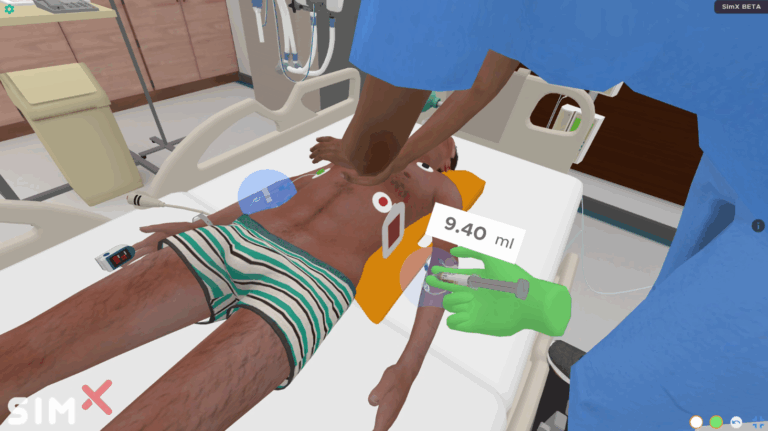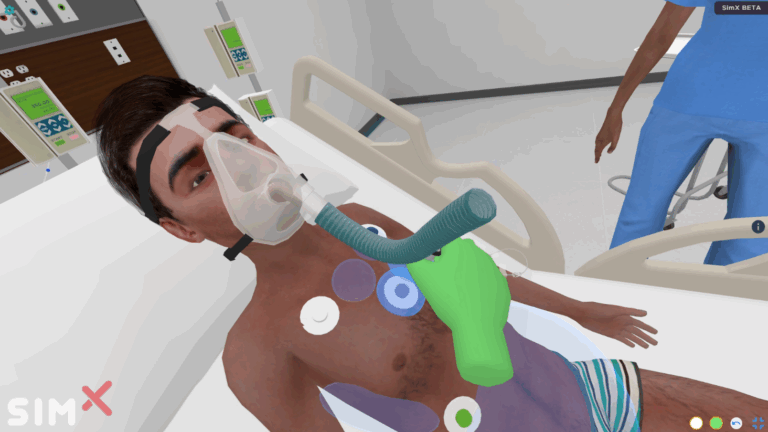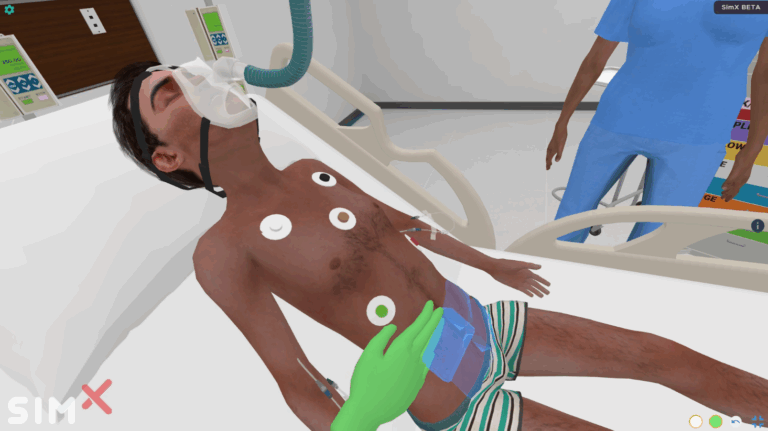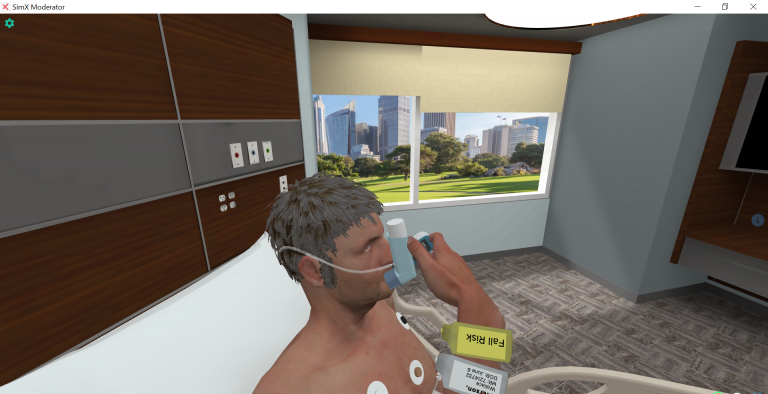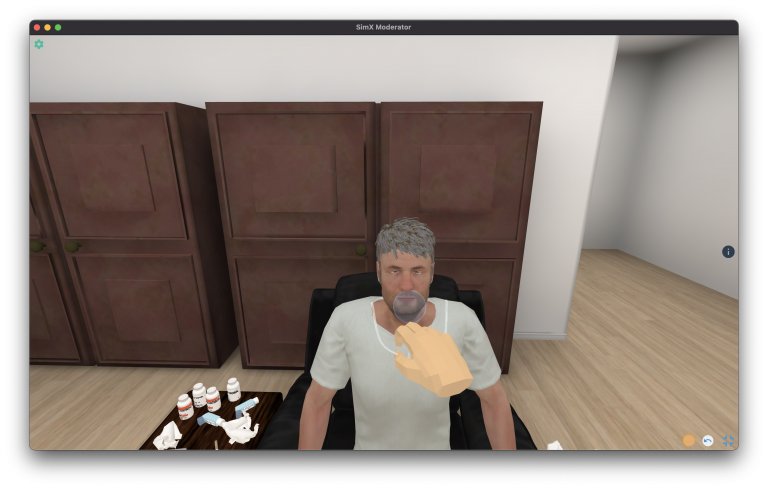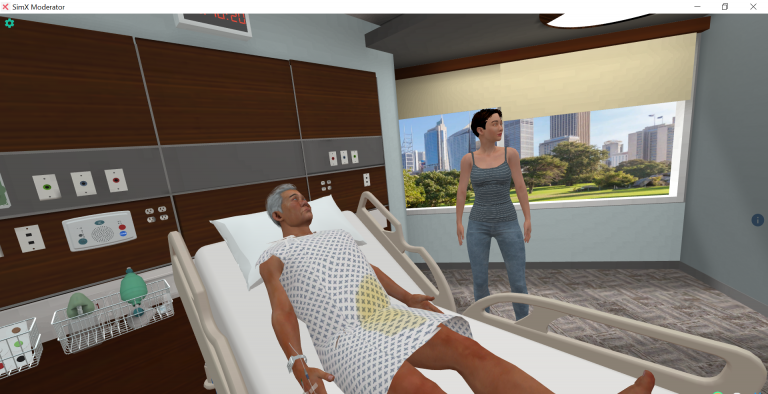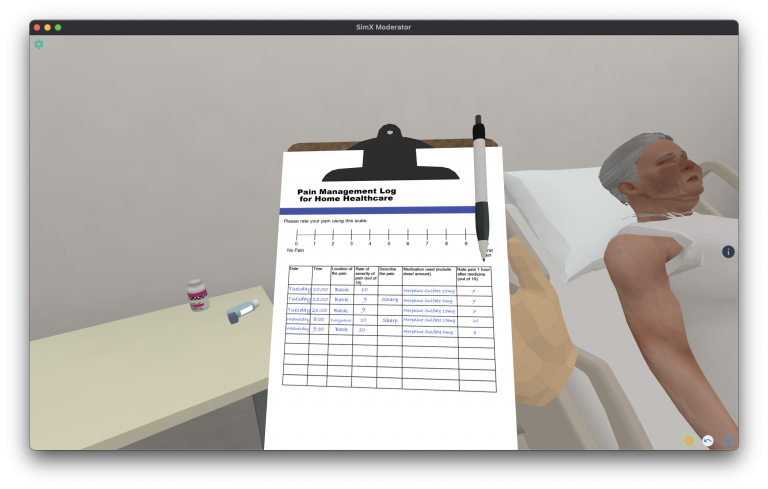Case Description
A 16-year-old with Duchenne Muscular Dystrophy with tachycardia, tachypnea and hypoxemia, found to have a pulmonary embolism, which proceeds to cardiac arrest.
Learning Objectives
1. Learners will develop a differential of hypoxemia, tachycardia, and tachypnea, and ultimately diagnose a pulmonary embolism.
a. Learners will perform a physical exam, evaluating for respiratory and cardiac sources of tachypnea and tachycardia (lung auscultation, heart auscultation, liver exam).
b. Learners will ask for history points to understand that the patient has had prolonged immobility.
c. Learners will ask for appropriate lab data to further evaluate vital sign changes (electrolytes, blood gas, EKG).
2. Learners will identify management for pulmonary embolism.
a. Learners will ask for anticoagulation (heparin vs. TPA).
b. Learners will call for cardiology (cardiovascular surgery), hematology, and interventional radiology to discuss intervention.
3. Learners will recognize the need for intubation.
4. Learners will identify roles that need to be assigned during a resuscitation.
a. As the patient decompensates, learners will identify a participant to lead the code, one to manage the airway, one to pull medications, and one to perform a physical examination.
MINIMUM:
OS: Windows 10
Processor: Intel Core i5-2300 | AMD FX-4350
Memory: 4 GB RAM
Graphics: Nvidia GeForce GTX 2060
DirectX: Version 11
Storage: 12 GB available space
RECOMMENDED:
OS: Windows 10
Processor: Intel Core i7-2300 | AMD FX-4350
Memory: 8 GB RAM
Graphics: Nvidia GeForce GTX 3060
DirectX: Version 11
Storage: 12 GB available space
Interested in this scenario?
Sign up to talk with a member of the SimX team today!

